技术
随着Web3的不断发展,预言机、Layer2、多签钱包、铭文、账户抽象等多种新技术出现,了解和掌握这些新技术有利于参与者更好把握行业趋势,更快发掘财富密码。
文章 (342)
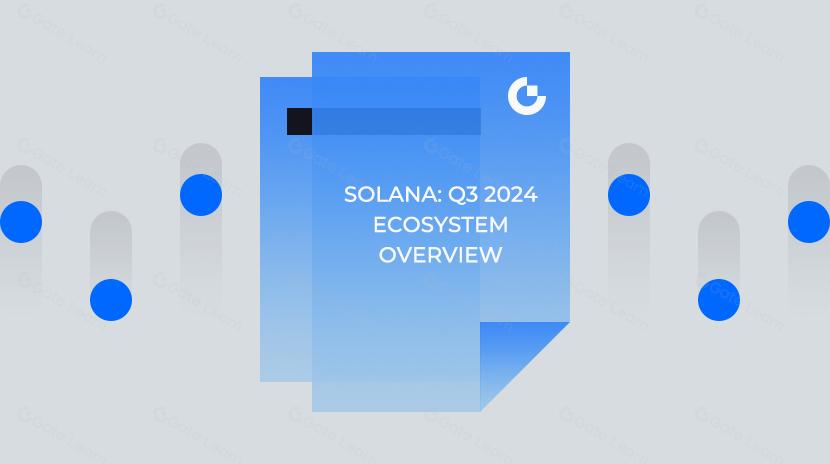
进阶
Solana:2024 年第三季度生态系统综述
Solana 是一个高性能的区块链平台,以其快速的交易处理能力、低延迟和低交易费用闻名。本文详细介绍了 Solana 的技术架构、共识机制,以及其在 DePIN 和移动应用等领域的应用案例。还探讨了 Solana 如何通过其创新的历史证明机制(PoH)和基于抵押权重的服务质量(QoS),优化网络性能与安全性。
9-27-2024, 3:16:43 PM
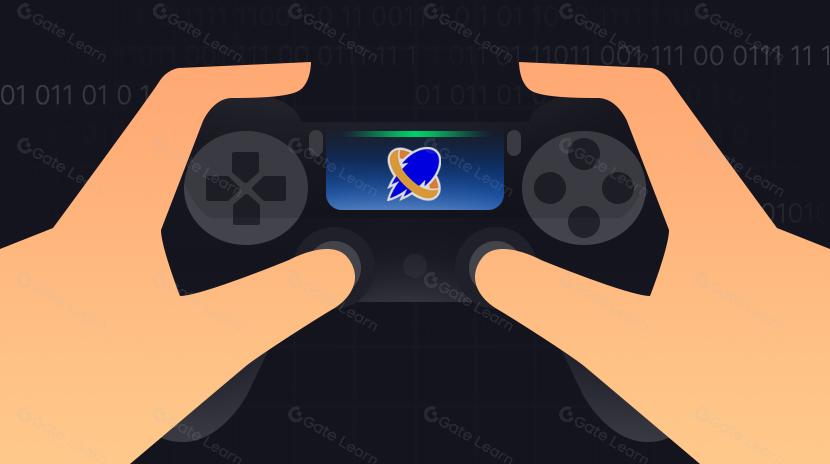
中级
Sonic:首個 Solana 上爲遊戲而生的 L2
Sonic 是 Solana 生态中的创新 Layer2 解决方案,通过其 HyperGrid Rollup 框架为游戏开发者提供强大的支持,结合 Solana 的高速度与游戏独有 Rollup 的可自订性,为 Solana 上的游戏生态爆发创造条件,该项目已获得1200万美元融资,并积极开展游戏合作计划,近距离激励措施吸引更多游戏进入Solana生态
9-27-2024, 3:30:31 AM
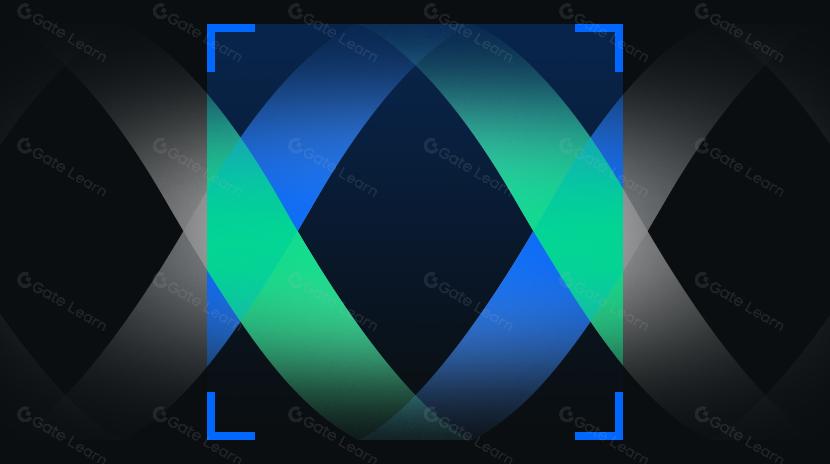
中级
zkTLS:通用数据区块链 API
本文详细介绍了 zkTLS 技术,这是一种革命性的区块链 API。它利用零知识证明和多方运算,既保护了用户隐私,又能够安全地验证和迁移网络身份信息。同时,本文还探讨了 zkTLS 如何挑战现有的网络巨头,为新兴网络提供了与 Facebook 和 Amazon 等公司竞争的能力。
9-26-2024, 8:22:05 AM
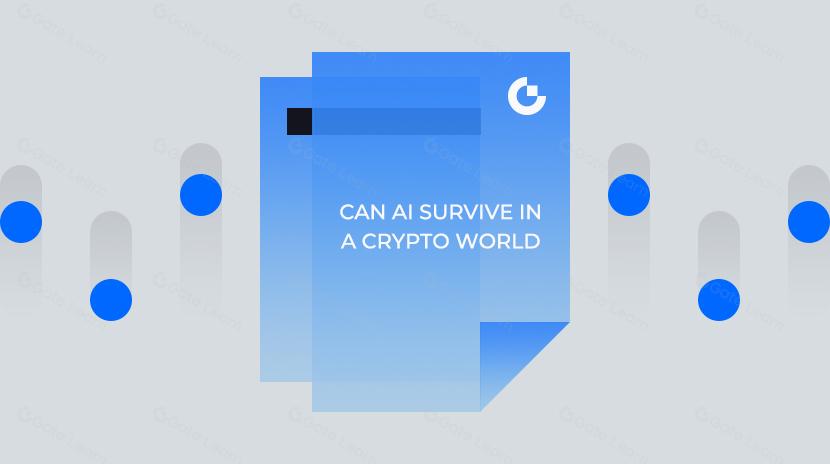
进阶
AI能否在加密世界生存:18个大模型的加密试验
AI在加密算法和区块链知识上表现出色,但在数学计算和复杂逻辑分析方面表现不佳。开发加密专用的AI基准测试非常重要,这将为AI在加密领域的应用提供重要参考。
9-26-2024, 3:17:02 AM
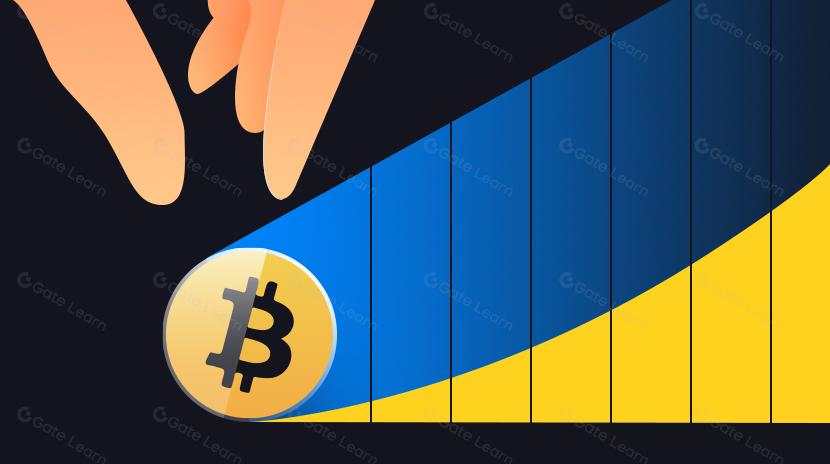
中级
重返 Bonding Curve,我们用对它了吗?
Bonding Curve 作为链上较早出现的算法创新之一,对代币经济及代币工程学都起到了深远的影响。故本文通过对追根溯源,力求发掘 Bonding Curve 的内核,并从多个实践案例中深入思考其意义。
9-22-2024, 3:47:41 PM

中级
重新审视以太坊的定位与发展路线图:产权、安全与Rollups的未来
本文探讨以太坊的定位与路线图,解析去中心化、产权效用及Rollups的未来发展。在以太坊争议漫天的当下,本文或许有助于帮助市场进一步理解以太坊的运营思路及发展脉络。
9-18-2024, 6:31:18 PM
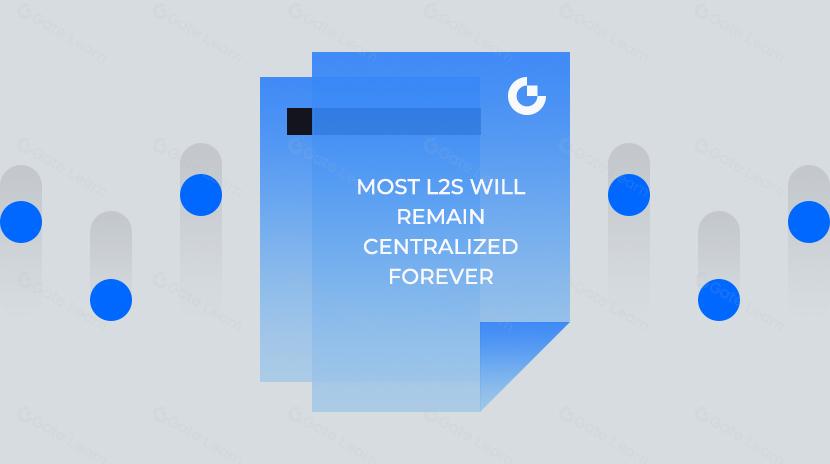
中级
大多数L2网络将永远保持中心化;激励机制存在严重问题!
本文深入分析了以太坊及其Layer 2网络面临的中心化与扩展性问题,探讨了L2解决方案如何偏离以太坊最初的去中心化目标,并批评了现有的激励机制与治理结构。作者对区块链的扩展性、用户隐私以及加密货币的未来提出了深刻见解,并建议支持以太坊的竞争者实现真正的去中心化。
9-18-2024, 6:07:30 PM
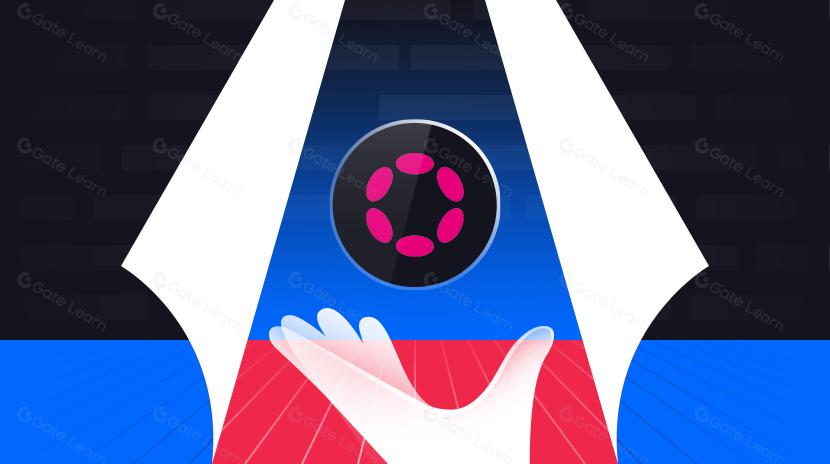

进阶
波卡(Polkadot)的现状——要么应对,要么消亡
如果你有机会跳出波卡的圈子,你会知道与我们的竞争对手相比,波卡的情况并不乐观。本文是波卡社区成员对波卡目前面临的挑战和机遇的总结。
9-12-2024, 2:55:24 PM

中级
概览 Artela 开发者的创造力&并行 EVM 的潜能
本文深入分析了平行EVM技术在加密货币领域的应用,特别是Artela生态中的EVM++技术如何为dApp提供更高效率的运行环境,同时探讨平行EVM在提升DeFi运行时安全性和RWA应用方面的作用,以及全链游戏和AI协处理器等新兴应用在EVM++下的发展。
9-10-2024, 7:20:28 AM

中级
CKB:闪电网络促新局,落地场景需发力
在最新发布的闪电网络Fiber Network轻皮书中,CKB介绍了其对传统BTC闪电网络的若干技术改进。Fiber实现了资产在通道内直接转移,采用PTLC技术提高隐私性,解决了BTC闪电网络中多跳路径的隐私问题。
9-10-2024, 7:19:58 AM
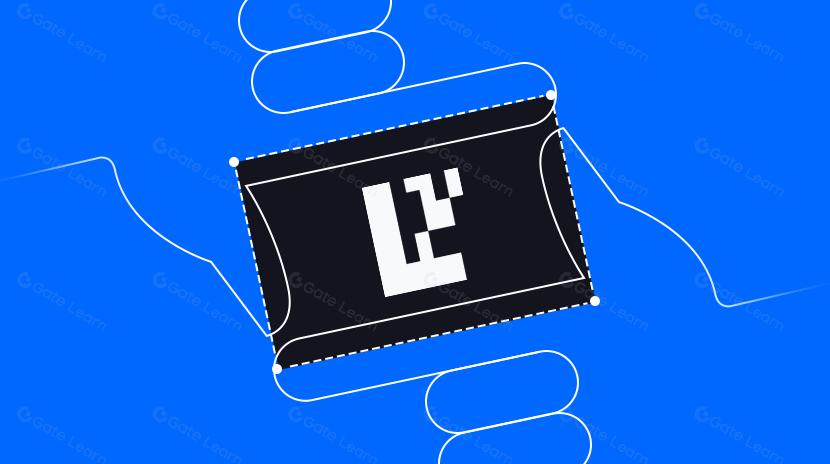
中级
EigenDA 改变 Rollup 经济学
EigenDA是当前最大的应用验证服务(AVS),在再质押资本和独特运营商数量方面都处于领先地位。本文深入探讨了EigenDA的运作机制、竞争格局以及其在数据可用性(DA)市场中的定位。EigenDA的核心优势在于其线性扩展能力和符合以太坊理念的设计。与竞争对手Celestia相比,EigenDA在吞吐量和与以太坊的兼容性方面具有优势。EigenDA最近公布的定价方案为rollup提供了显著的成本降低机会,但这也给重新质押者带来了一些困境。尽管如此,EigenDA的成本降低可能会刺激高吞吐量rollup的创新和发展。总的来说,EigenDA有潜力为DA市场带来重大变革,但其价值捕获能力和对重新质押者的回报还需进一步验证。
9-9-2024, 8:05:56 AM
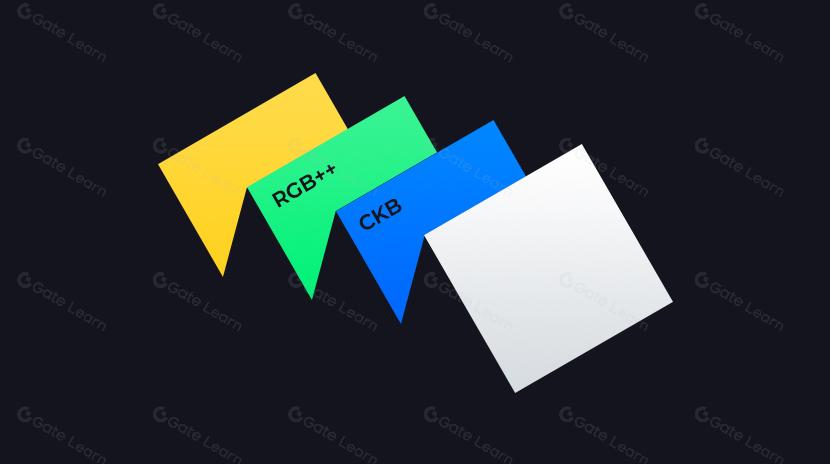
进阶
CKB和RGB++的“野望”
本文讨论了RGB++协议和CKB网络的发展状况。虽然初期热度高涨后似乎归于沉寂,但实际上两者都在稳步发展。RGB++的核心特质是"同构绑定"技术,而CKB的特质是CELL模型。两者发展路线并行又交融:RGB++专注于资产流动和外延,CKB则致力于基础建设、创新和应用场景。文章提出将Nostr协议与CKB/RGB++结合的可能性,认为这可能成为打开市场的关键。最后,作者展望CKB和RGB++未来将连接多种资产和链,并在CKB上构建广泛的Web2/Web3应用。
9-9-2024, 4:44:53 AM
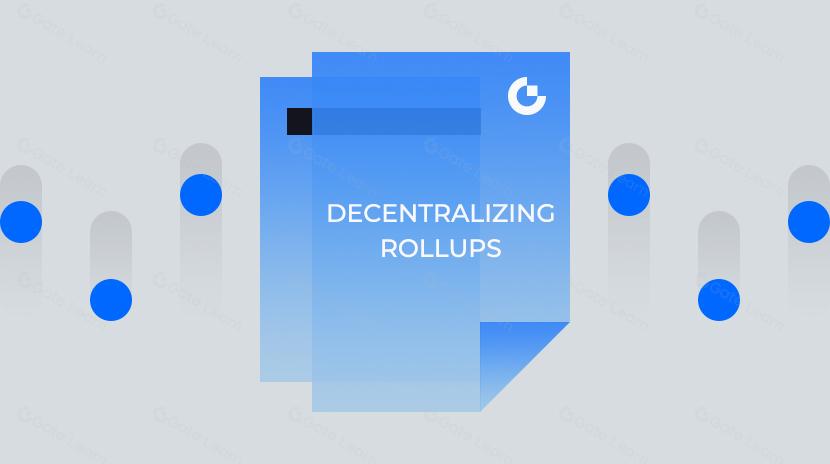
中级
去中心化 Rollups:Rollups 中被忽视的优先事项
本文深入分析了区块链去中心化的价值和以太坊Rollup 方案在提升网路扩展性时所做出的权衡,重点介绍了Taiko 专案及其在建构去中心化Rollup 方面的创新性尝试,包括BCR 和BBR 框架,以及如何透过动态调整不同Rollup 证明系统来增强系统的活力和稳定性。同时探讨去中心化在 Rollup 计画中的重要性,以及 Taiko 如何透过其清晰的路线图和多证明系统 Raiko 来应对去中心化挑战。
9-6-2024, 6:04:30 AM

进阶
应用链:充满机遇的未来
本文深入分析应用链的发展现状和未来趋势,探讨了它们与 dApps 的关系、技术挑战、经济机制设计以及市场表现。文章强调了应用链在DeFi、游戏、社交和人工智慧等领域的重要性,并讨论了如何透过建立应用壁垒、促进高频交易和优化用户体验来建立成功的应用链,文中也提及关于代币经济模型设计和投资分析的宝贵见解。
9-5-2024, 1:18:51 AM
订阅我们,换个角度,读懂加密世界
